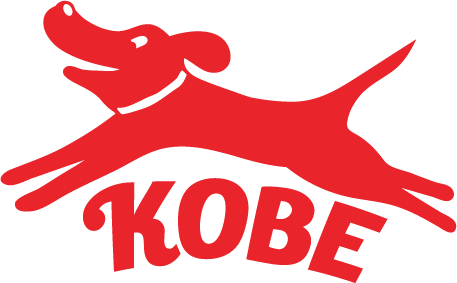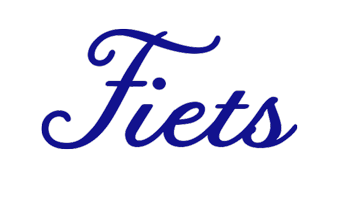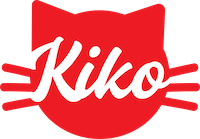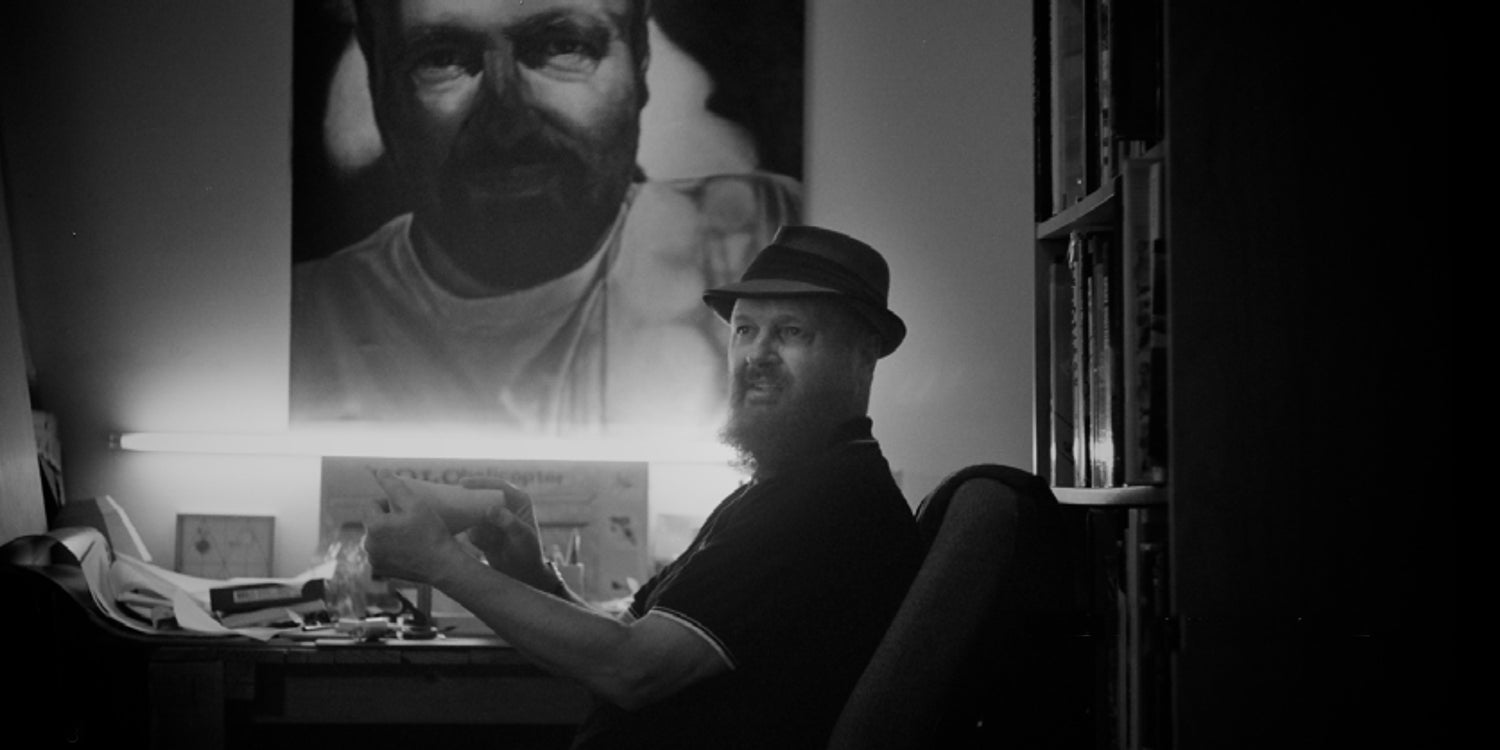Words: Shonquis Moreno
Photos: Jaeyu Lee
The heavily-lashed blue eyes of designer Chris Collicott’s condiment bottles flutter coyly in their molded faces as they tip over to pour and shake. His cake toppers can be mixed and matched: bride and groom, bride and bride, groom and groom. The New York-based British designer has also made bookends from male figures who appear to be holding them upright between them and who have the monumental, generic heroism of an Art Deco statue of Atlas, holding the heavens aloft. Collicott’s Queen Elizabeth doll and her favorite Corgie wave a hand and wag a tail when exposed to sunlight and because he considers chandeliers “grand and aloof”, he has shrunk them down to run on AAA batteries. Collicott’s sense of humor has assumed many forms for Kikkerland over the past dozen years, but his subject seems to be anything that takes itself –or is taken by others—too seriously.
The bag that changed it all...
Collicott’s creativity has a sunniness that requires no solar power and is sharpened by wit. No matter how diverse his products—one is Art Deco, the other recalls Russian Constructivism or the Milanese Memphis design movement; one’s a lamp, the other’s a menorah—their basic function is to induce amusement. It is an outlook shared by Kikkerland founder Jan van der Lande, who asked to produce Collicott’s Deco- like bookends after seeing them on the shelves of Kevin Brynan’s Mxyplyzyk shop almost 15 years ago.
It was a good deal: Collicott had been producing them himself at about the same cost as their shelf price today.

Solar Queen and Storage Calendar
Early years...
Born in Essex, outside London, Collicott had a habit of sneaking into his father’s carpentry workshop to play around with his tools and make things. At Norwich University, he studied graphics and typography, but instead of making typography, which he disliked, would “illustrate” it instead, crafting pop-up books to demonstrate the difference between typefaces. (In fact, his Talking Your Ear Off book is part of the permanent collections of both Yale University and the Smithsonian Institution Libraries). After some small badges he fashioned from hand-painted wood during art school were featured in British magazine Honey, he was commissioned by a Covent Garden shop for whom he made a bag with a Plexiglas bottom—fitted with a light fixture.
It was the lamp-bag that earned him the money to leave for America in 1982, where Collicott landed in Los Angeles. After school, his materials education had begun at London’s Shirtsleeves studio where he made props and models for TV, print ads and album covers and, in L.A., he continued to make models for commercials and music videos. In those days, model-makers weren’t making things on the computer. “That’s how I learned how to use different materials,” Collicott says: When they needed a four-foot-tall hamburger or a Crest toothpaste tube, they crafted them by hand.
Today, there are many high-tech ways to create an image or a form, including 3D scanning, but Collicott is hands-on, not just drawing but sculpting wood, Plexi or Bondo, a car body filler that sets fast and can be sanded down. “I haven’t been trained as a designer,” he says, “so I don’t really know what you’re not supposed to do.” So he combines materials that no one told him he shouldn’t combine, fashioning a concrete-and-glass lamp and attaching wrenches, like legs, to a bowl to form a centerpiece. He favors disposable materials (he once made a recyclable chair from cardboard tubes and cast joints), and materials that will render each piece slightly different, like vases that are a hybrid of cement and wood, highly tactile and unique.
“When I make a model, I take away anything extraneous and simplify it.
Don't tip the Waiter and Pushing Men Bookends
Furniture, pop-up books and papercraft, web graphics, Collicott has even designed five New York City spas and is a painter. He uses the medium, however, as a way to work out dimension, depth and proportion. “Because I strive to make something look very real, painting helps me create in 3D,” he says. “When I make a model, I take away anything extraneous and simplify it. Like the bookends: They were all about force and tension, so I thought, how can I express that with some small gesture, just a curve of the leg or a crease in the pants?”
When Collicott moved to New York in 1999, he took a mere month to pull up roots. Since then he has traveled lightly through life in other ways too, moving among disciplines and media, between art and design: “It’s about not wanting responsibility. Everybody has their own idea of success. Mine was to get through life without having a fulltime job and to make things,” Collicott explains. “Making things is the only thing I ever wanted to do. And everything else is like icing on the cake.”
































